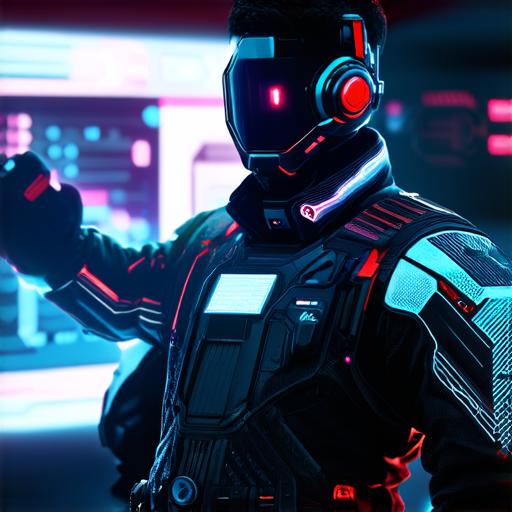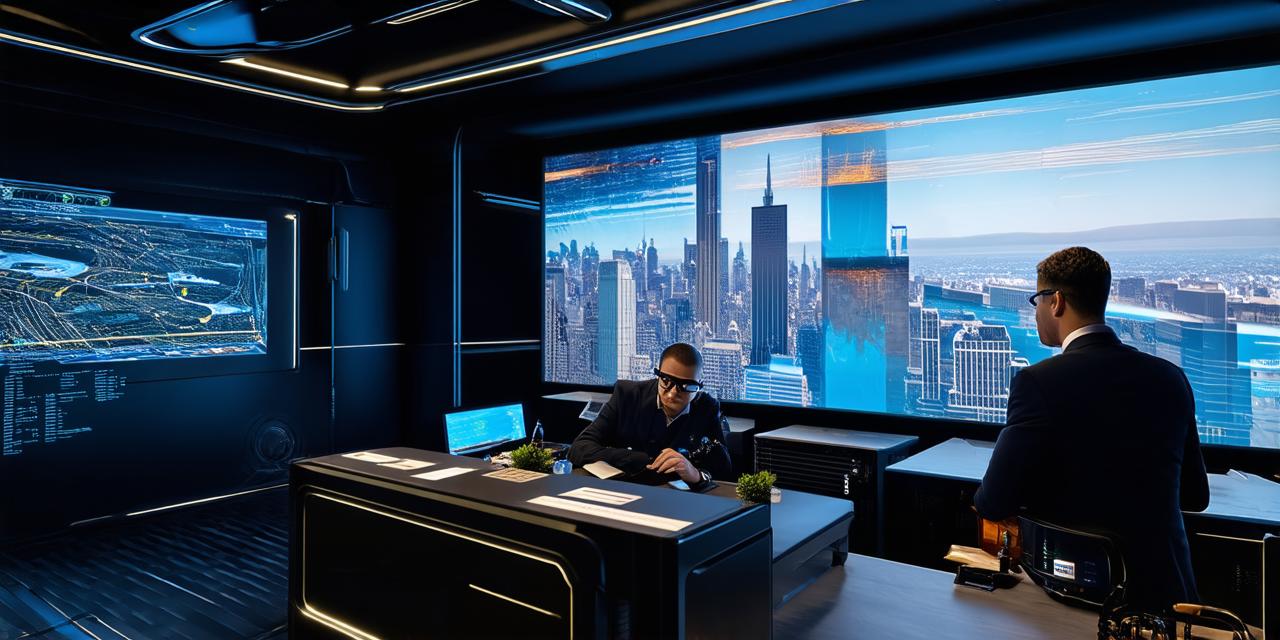Introduction:
Augmented reality (AR) is an exciting field that combines computer science and design to create immersive, interactive experiences. AR technology allows users to see digital content overlaid on the real world, creating a seamless blend of the physical and virtual worlds.
The Basics of Augmented Reality:
AR development involves several key components, including hardware, software, and user experience design. The hardware includes devices such as smartphones, tablets, and wearables that are capable of running AR applications. The software includes tools for creating and programming AR experiences, such as Unity and Unreal Engine. User experience design involves creating intuitive interfaces and designing engaging content that enhances the overall user experience.
Case Study: IKEA Place
IKEA Place is an AR app that allows users to visualize how furniture would look in their home before making a purchase. The app uses AR technology to overlay 3D models of furniture onto the real world, allowing users to see how the pieces would fit and look in their space. This has resulted in increased sales for IKEA and improved customer satisfaction.
Hardware Requirements:
AR development requires specialized hardware, including cameras, sensors, and processors. These components work together to track the user’s environment and display digital content in real-time. The choice of hardware depends on the specific requirements of the AR application, with more powerful hardware capable of handling complex animations and visual effects.
Software Requirements:
AR development also requires specialized software, including game engines, 3D modeling tools, and programming languages. These tools allow developers to create and program AR experiences that are compatible with different devices and operating systems. Popular AR development tools include Unity, Unreal Engine, and ARKit for iOS.
User Experience Design:
User experience design is a crucial aspect of AR development, as it determines how users interact with the digital content. Good user experience design involves creating intuitive interfaces that are easy to use and understand, as well as designing engaging content that enhances the overall user experience. This can be achieved through the use of animations, sound effects, and other interactive elements.
Case Study: Pokemon Go
Pokemon Go is a popular AR game that has captured the imagination of millions of users around the world. The game uses AR technology to overlay digital content onto the real world, allowing users to catch virtual creatures and complete challenges in their surroundings. The game’s user experience design includes elements such as reward systems, social sharing, and gamification, which have contributed to its success.
Advanced Techniques:
AR development also involves several advanced techniques, including computer vision, machine learning, and artificial intelligence. These technologies allow AR applications to recognize and track objects in the real world, as well as perform complex calculations and make predictions based on user behavior. For example, an AR app that recognizes a user’s face can be used for authentication or personalized recommendations.
Case Study: Snapchat Filters
Snapchat filters are an excellent example of how advanced AR techniques can be used to create engaging content. The filters use computer vision and machine learning algorithms to recognize the user’s surroundings and overlay digital effects onto their photos and videos. This has resulted in the creation of thousands of unique and personalized filters that have become a popular feature of the app.
Best Practices:
When developing AR applications, it’s essential to follow best practices to ensure a seamless user experience. These include optimizing performance for different devices, testing the application thoroughly before release, and incorporating user feedback to improve the overall product. It’s also important to consider accessibility and usability issues, such as ensuring that the AR content is easy to see and interact with for users with visual impairments or limited dexterity.
Conclusion:
Developing augmented reality applications can be a challenging but rewarding process. With the right hardware, software, and user experience design, AR developers can create immersive, interactive experiences that engage and delight users around the world. By following best practices and incorporating advanced techniques, AR developers can push the boundaries of what’s possible with this exciting technology.

